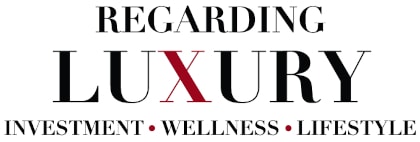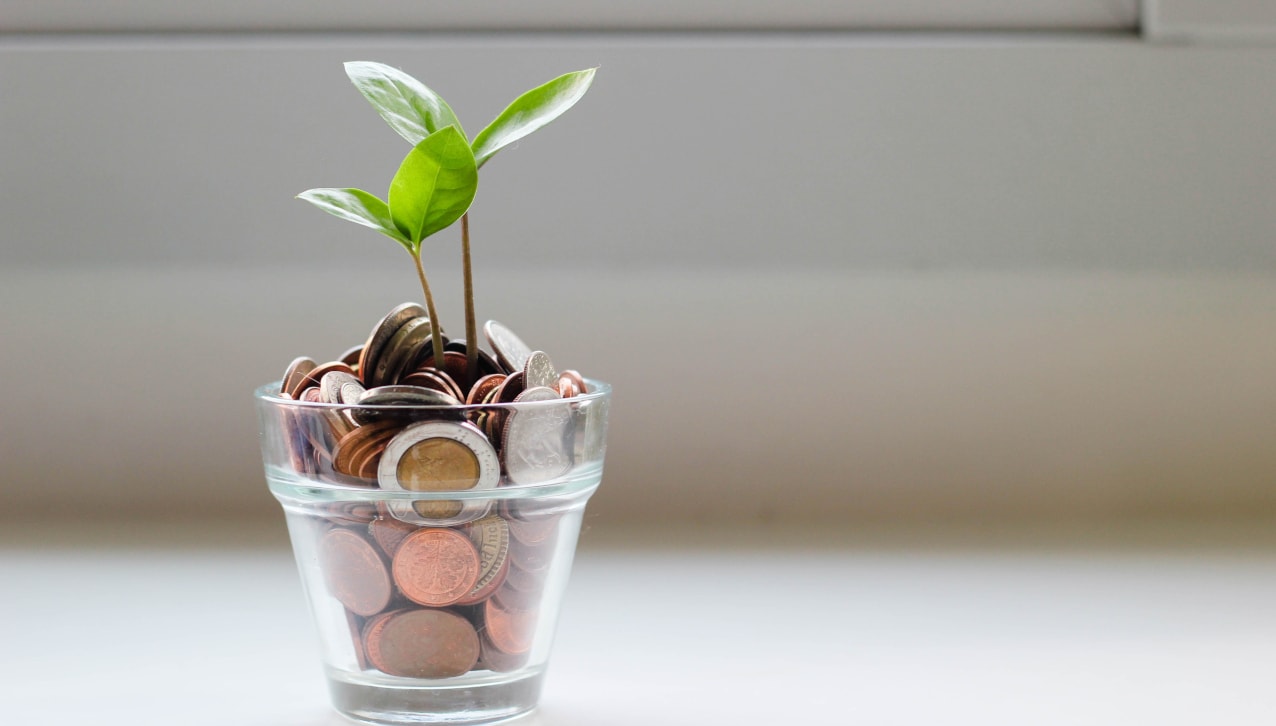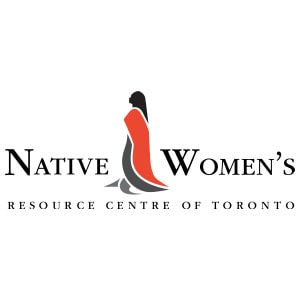A high interest savings account offers a great opportunity to grow your money at a competitive interest rate while keeping it easily accessible and secure. Whether you’re saving for a rainy day, planning for a big purchase, or building an emergency fund, a high-interest savings account can help you achieve your goals faster.
Related: Successful wealth management strategies for a turbulent world
Here we’ll provide you with an overview of what a high-interest savings account is, how it works, and what to look for when choosing one. We’ll also share tips on how to save more effectively, how to maximize your savings with a bonus interest rate, and how to avoid common pitfalls.
Understanding the basics of a high-interest savings account (HISA)
If you’re looking for a safe, low-risk way to grow your savings, a high-interest savings account (HISA) is an option worth considering for the following reasons:
- Firstly, it’s important to understand that HISAs are savings accounts that offer higher interest rates than traditional savings accounts. These accounts are typically offered by banks and other financial institutions and can be opened online, over the phone, or in person.
- One of the key benefits of a HISA is the favorable interest rate. The higher the interest rate, the more money you’ll earn on your savings balance. As a result, HISAs can be an effective tool for growing your wealth over time, particularly for those who have a longer-term savings goal.
- Another benefit of HISAs is that they are generally low-risk. They are typically insured by the government up to certain limits, meaning your savings are protected against financial institution failures or insolvency.
Overall, understanding the basics of how HISAs work can help you make an informed decision when it comes to growing your savings.
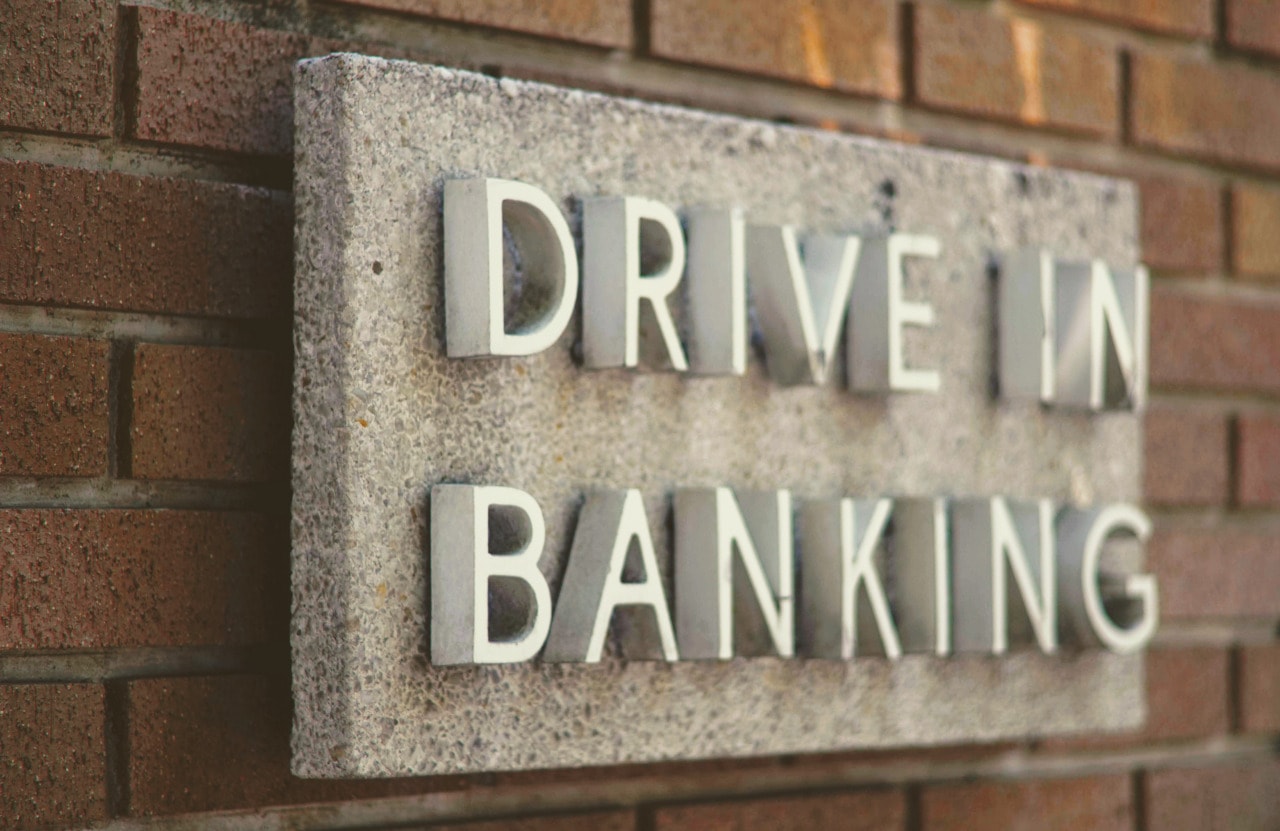
Photo by Joshua Hoehne on Unsplash
Comparing interest rates across different banking institutions
It is essential to choose a bank that offers a competitive interest rate to maximize your earnings on your savings. When comparing interest rates, pay attention to both the advertised annual percentage rate (APR) and the annual percentage yield (APY). The APR is the interest rate the bank pays on your savings annually. And the APY takes into account the effect of compound interest on your savings over time.
Additionally, keep in mind that some banks offer tiered interest rates based on your account balance. So be sure to read the fine print and understand how the interest rate will be calculated for your specific account.
Evaluating the terms and conditions of a HISA
One important step in maximizing the benefits of a high-interest savings account (HISA) is to carefully evaluate the terms and conditions of the account. This includes reviewing the interest rate offered, any fees associated with the account, minimum balance requirements, and any other limitations or restrictions that may impact your ability to earn interest on your savings.
It’s important to consider both the short-term and long-term implications of these terms and conditions, and how they may impact your overall savings goals. Take the time to understand the terms and conditions of a HISA. Then you can make informed decisions about where to save your money and how to make the most of your savings.
Related Posts
- Beyond the Basics: Strategies for Financial and Healthcare Independence in Later Life
- HOW WEALTHY INDIVIDUALS SET THEIR RETIREMENT PLANNING STRATEGIES
- THE US DOLLAR INDEX: ITS INFLUENCE ON TRADE, INVESTMENT AND FINANCE
- MANAGING YOUR PERSONAL WEALTH WHEN EMBARKING ON A NEW BUSINESS VENTURE
- SUSTAINABLE REAL ESTATE INVESTMENTS: PRIVATE EQUITY’S FOCUS ON ENVIRONMENTAL AND SOCIAL RESPONSIBILITY
Setting a savings goal and creating a budget
Setting a savings goal and creating a budget are integral components of achieving financial success, and this holds true for anyone interested in building a high-interest savings account. This provides a clear roadmap for achieving your financial objectives and making them a reality. It establishes a target to aim for and serves as a source of motivation to continue the savings habit.
To create an effective savings goal, determine a specific amount of money you would like to save and give yourself a deadline for completion. This helps to create a sense of urgency, which can increase your likelihood of success. Once you have set your savings goal, creating a budget is the next crucial step.
A budget will allow you to track your spending, and help you identify areas where reductions can be made. This will free up money to be put toward your savings goal.
Prioritizing building an emergency fund
One of the key principles of sound financial planning is building an emergency fund. This is because life is unpredictable, and even the most carefully constructed budget can be thrown into disarray by an unexpected expense or loss of income. Saving up an emergency fund can help you deal with unexpected bills or weather a temporary financial setback without having to resort to credit card debt or dipping into long-term savings.
A high-interest savings account is an ideal vehicle for building an emergency fund. It provides competitive interest rates and easy access to your money when you need it.
Considering automatic transfers to your HISA
Making your money grow with a High-Interest Savings Account (HISA) involves a few key steps, one of which is automatic transfers. By setting up automatic transfers from your checking account to your HISA, you can ensure that you consistently contribute to your savings while minimizing the risk of forgetting or missing payments.
This strategy allows you to save regularly without constantly thinking about it or having to take active action each time, ensuring a more consistent commitment to achieving your savings goals.
Additionally, most financial institutions offer the option to schedule automatic transfers based on a specific date or recurring interval, which provides the flexibility to align it with your income or budget.
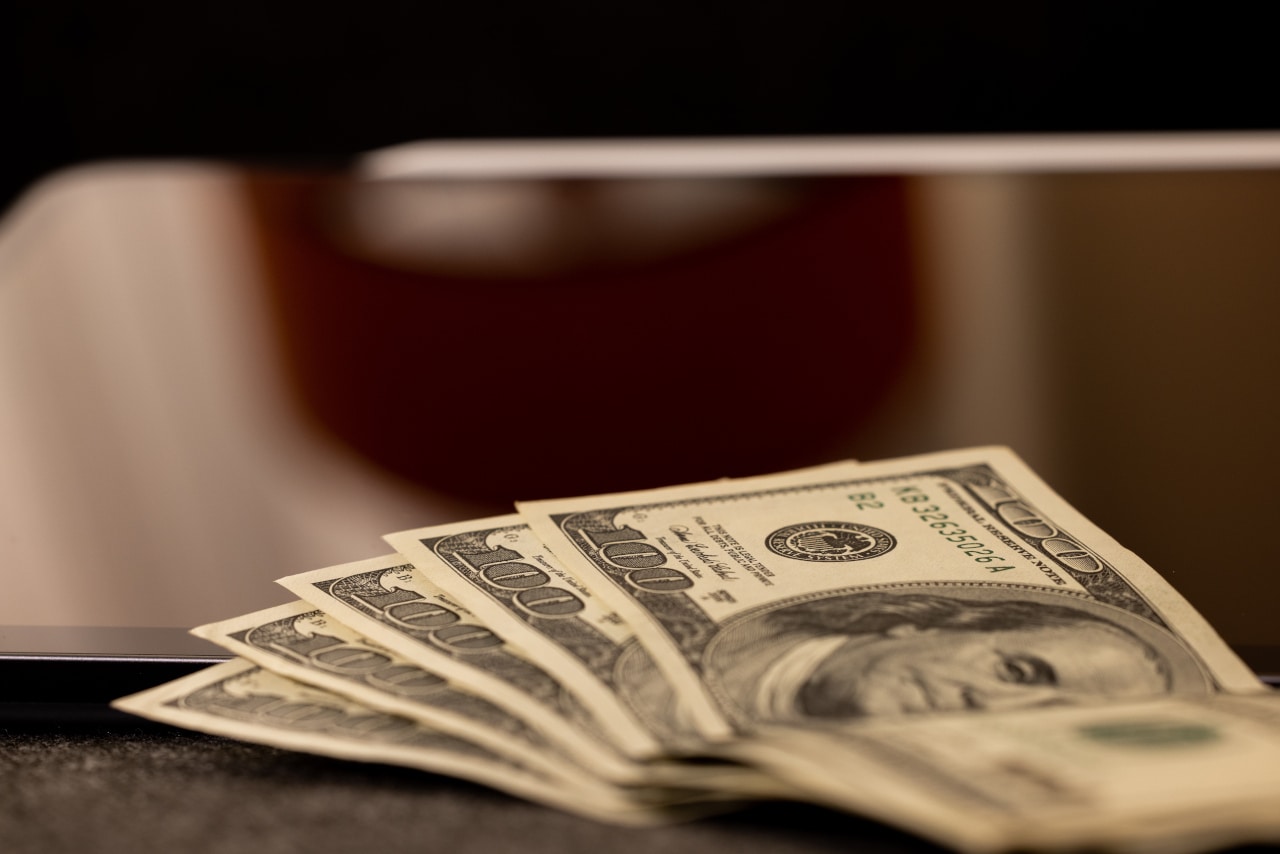
Photo by engin akyurt on Unsplash
Monitoring your account and adjusting your strategy as needed
Monitoring your high-interest savings account is crucial to growing your money. You should keep track of how much interest you are earning, and ensure that you are meeting the account requirements to qualify for the highest interest rate.
In addition, it’s important to regularly review your overall financial goals and adjust your savings strategy accordingly. Perhaps you’ve received unexpected income or have a new expense that requires a shift in your budget. By monitoring and adjusting your strategy as needed, you can ensure that your money is working as hard for you as possible.
Seeking guidance from a financial advisor when necessary
A financial advisor can provide expert advice and insight into investment opportunities and strategies that you may not be aware of on your own. They can also help you make informed decisions about budgeting, saving, and reaching your financial goals.
Financial advisors often charge a fee for their services. But the investment may be worth it in the long run as they can help you maximize your returns and avoid costly mistakes. If you’re not sure where to start, do some research and find a reputable financial advisor who can help guide you on your financial journey.
Wrapping up
A high-interest savings account is an excellent way to make your money grow, without taking any financial risks. Not only does it offer higher interest rates than traditional savings accounts, but it is also FDIC-insured. That makes it a safe and secure investment. By opening a high-interest savings account, you can build your savings and achieve your financial goals faster.
Do some research, compare different options, and choose the account that best suits your needs and financial situation. Remember, it’s never too early or too late to start saving and investing in your future.
Top image by micheile henderson on Unsplash

I am a 50-something Torontonian who loves everything about my city. It’s been my home, my playground, for my entire life. I went to school here. I met my wife here. I own real estate here. I love writing about the transformation of my city on the world stage, which hasn’t been anything short of dramatic. That continues on, as I write this. I write on the real estate scene. I write on travel and fashion. I like following the world of luxury watches.
But I love writing about cars – check that, luxury cars, a level of superior, engineering sophistication, high performance and style, that transports you not just from one destination to another but also out of whatever you are going through on a particular day, whatever mood you are in, all to another head space. It’s complete and total exhilaration, head to toe.
Check out my stories, and email me direct at mkeast@regardingluxury.com
